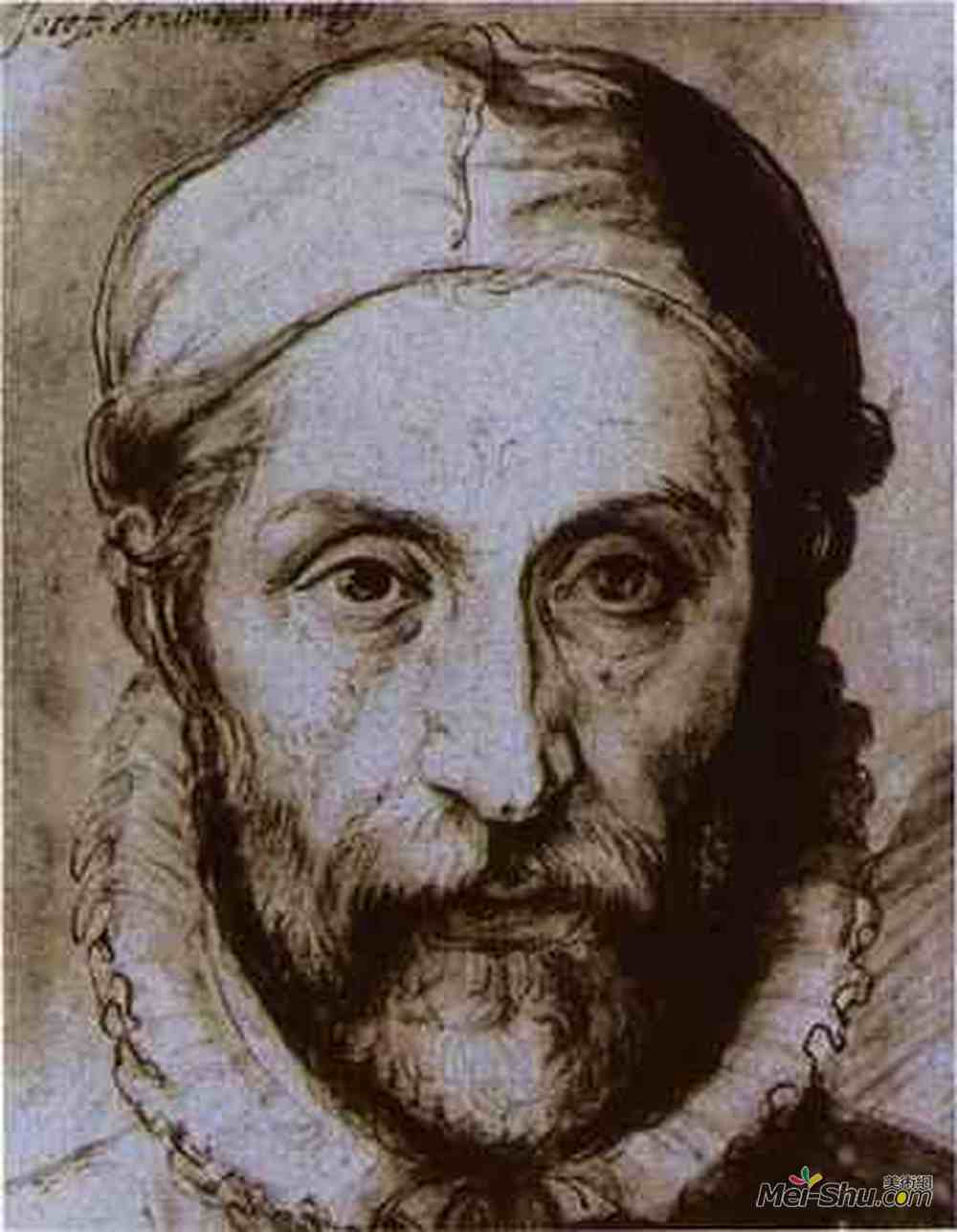
朱塞佩·阿沁波尔多(Giuseppe Arcimboldo)
艺术家: 朱塞佩·阿沁波尔多
生于: 1527;意大利米兰
卒于: 1593;意大利米兰
国籍: 意大利
流派: 矫饰主义(文艺复兴晚期)
领域: 绘画
朱塞佩·阿尔钦博托是意大利文艺复兴时期的画家,因其错综复杂的绘画而闻名,它把无生命的或发现的物体结合成肖像画的肖像。在22岁的时候,Arcimboldo得到了一个委员会来油漆彩色玻璃窗,后来又收到了其他委员会来为西班牙的教堂画壁画和设计挂毯。1562,他成为维也纳费迪南一世的宫廷画家,后来成为Maximilien II和他的儿子Rudolph II的布拉格画家。此时,他还被聘为宫廷装饰师和服装设计师。Arcimboldo剩余的作品大多是收集到的物体,它们被组装成相似的人。他用水果、鲜花、蔬菜、鱼和书以及其他东西(其中有肉片),把它们排列得既像人,又像人。由于他对人类形象的奇怪描绘,艺术评论家对阿奇博多的绘画是否是精神错乱的作品展开了争论。然而,更可能的解释是,这些画是他所生活的文艺复兴时代的产物,文艺复兴时代对谜语、谜语和奇异事物着迷。如果是这样的话,那么Arcimboldo奇怪的描述只是迎合了当时的趣味。他的许多作品都是在三十年战争期间被入侵的瑞典军队从布拉格带走的,阿奇博多几乎完全迷失在历史中。他的作品直到20世纪初才被超现实主义画家重新发现,其中包括萨尔瓦多·达利,他们深受这位艺术家独特风格的影响。
Artist :Giuseppe Arcimboldo
Additional Name :Giuseppe Arcimboldo
Born : Milan, Italy
Died : Milan, Italy
Nationality :Italian
Art Movement :Mannerism (Late Renaissance)
Giuseppe Arcimboldo was an Italian Renaissance painter known for his intricate paintings, which combined inanimate or found objects into a portrait that would resemble the portrait subject. At the age of 22, Arcimboldo received a commission to paint stained glass windows, and later received other commissions to paint frescoes and design tapestries for Cathedrals in Spain. In 1562, he became the court painter to Ferdinand I of Vienna, and later for Maximilien II and his son Rudolph II of Prague. At this time, he was also employed as the court decorator and costume designer.
Most of Arcimboldo’s remaining works are of collected objects, which have been assembled to resemble people. He used fruits, flowers, vegetables, fish, and books, and other things, (among them slabs of meat), and arranged them in such a way as to not only resemble a person, but the person’s resemblance as well. Due to his strange rendition of the human figure, there is a debate among art critics as to whether or not Arcimboldo’s paintings are the work of a deranged mind. A more likely explanation, however, is that the paintings are a product of the Renaissance era in which he lived, which was fascinated with riddles, puzzles, and the bizarre. If this was the case, then Arcimboldo’s strange depictions were only just catering to the tastes of the time.
Many of his works were taken from Prague during the Thirty Years War by the invading Swedish army, and Arcimboldo was almost completely lost to history. His works were only just rediscovered at the beginning of the 20th century by the Surrealist painters, including Salvador Dali, who were heavily influenced by the artist’s unique style.